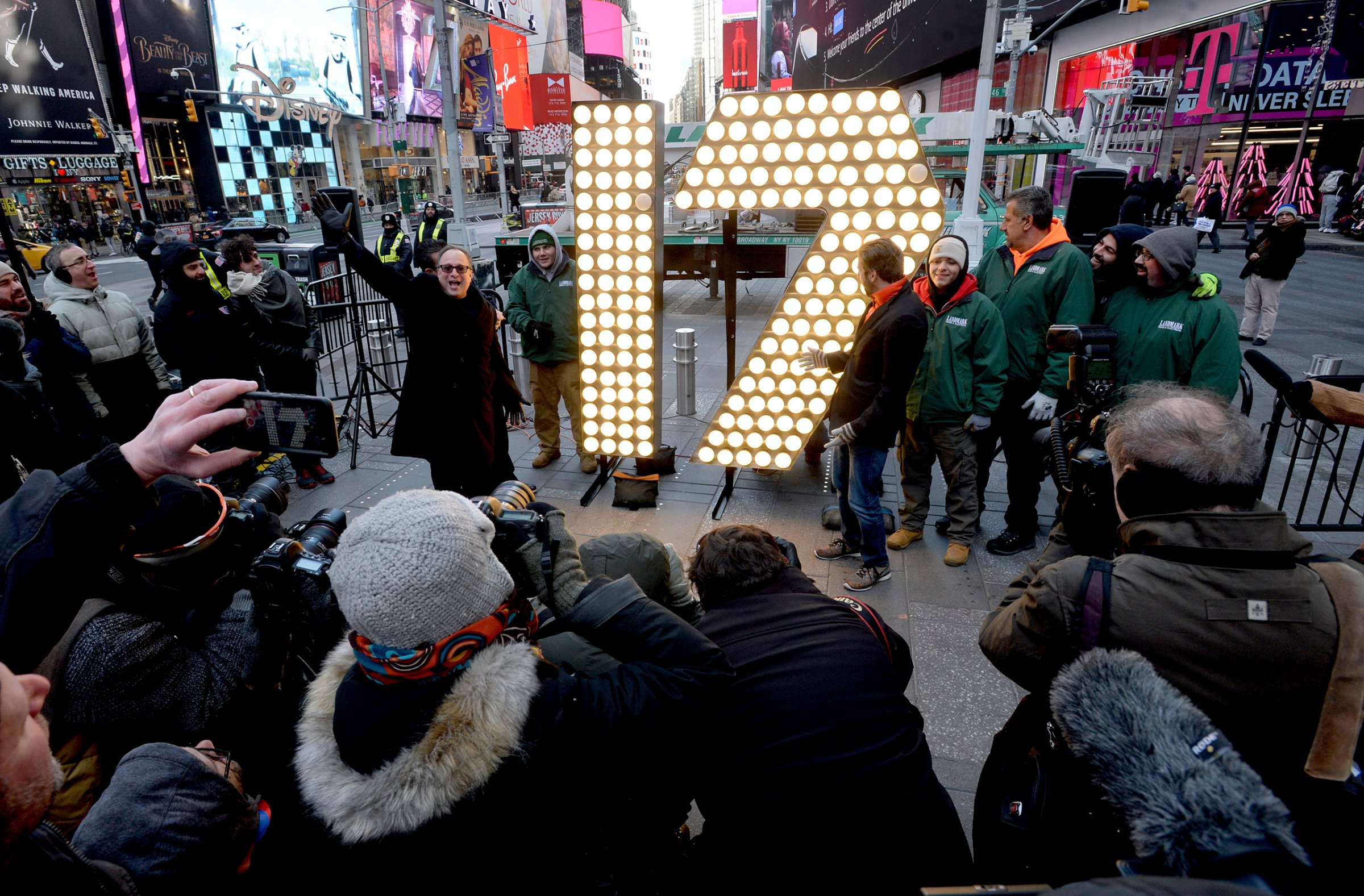
If you’re waiting for 2016 to end, you will have to wait one second longer.
Precisely one additional second will be tacked on to the end of Dec. 31, 2016, in order to account for the precise time it takes for the earth to travel around the sun. Instead of the customary 86,400 seconds in a day, New Year’s Eve will have 86,401 seconds, making 2016 one second longer.
That’s because the traditional length of the day does not precisely measure actual time, as told by hyper-accurate atomic clocks. This year, scientists have some adjusting to do.
With the advent of transcontinental railroads in the 19th century, scientists settled on an 86,400-second-long day. But the Earth actually takes 86,400.2 seconds to complete one rotation, and its rotation speed is gradually slowing. In addition, tidal friction caused by the moon’s gravity tugging on the Earth’s ocean also throws off the length of the planet’s rotation.
More constant than the earth’s rotation are atomic clocks, which measure the regular and super-precise vibration of cesium atoms. In 1972, the “leap second” was introduced as a way to account for the discrepancy between actual time (as measured by atomic clocks), and the Earth’s rotation.
Since 1972, a leap second has been added 26 times. This is just the latest.
More Must-Reads From TIME
- The 100 Most Influential People of 2024
- Coco Gauff Is Playing for Herself Now
- Scenes From Pro-Palestinian Encampments Across U.S. Universities
- 6 Compliments That Land Every Time
- If You're Dating Right Now , You're Brave: Column
- The AI That Could Heal a Divided Internet
- Fallout Is a Brilliant Model for the Future of Video Game Adaptations
- Want Weekly Recs on What to Watch, Read, and More? Sign Up for Worth Your Time
Contact us at letters@time.com